Half of the fine particle emissions come from wood burning, and next winter more wood will burn in home fireplaces.
The Launee detached house area in Lahti was built mainly in the 1940s and 50s. At least on Saturday’s sauna day, smoke often billows from the chimneys of around 600 houses, even though some of the houses have switched to district heating. Few houses are heated with wood alone anymore.
Since 2020, Launee has measured benzopyrenes (BaP), which are part of the polycyclic aromatic hydrocarbons or PAH compounds pyrene, which are carried along with the smoke, and increase the risk of cancer.
According to the Finnish Meteorological Institute, the most significant sources of PAH compounds in urban air are the flue gases of small-scale wood burning and the exhaust gases of road traffic. In industry, PAH compounds are produced e.g. foundries and coke plants.
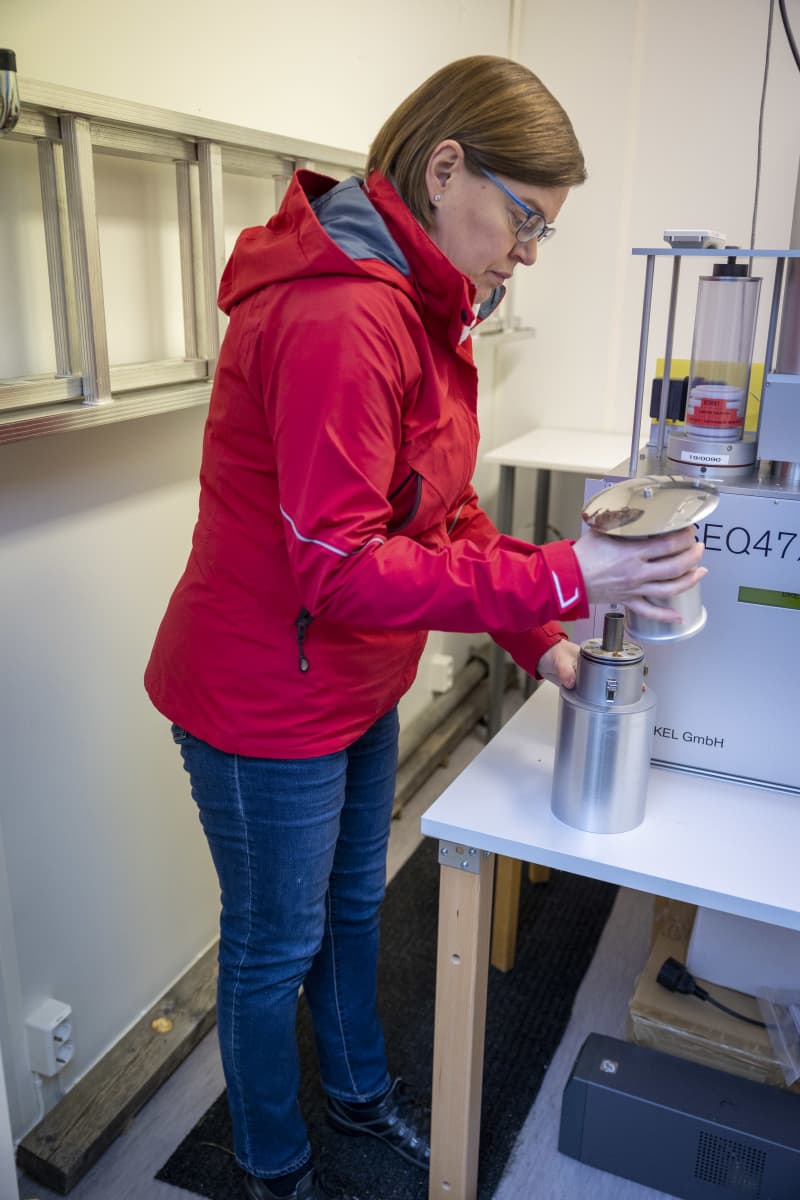
The annual average of benzopyrene concentration in the air must not exceed the target value, i.e. 1 nanogram per cubic meter (ng/m³). Concentrations close to and even exceeding the target value have been measured in areas of small houses that use a lot of firewood and near steel industry plants in Raahe.
– Of course, the more wood is burned, the more we see benzopyrene. Another thing is that benzopyrene breaks down more easily in sunlight and warm air, so there are always higher concentrations in winter because it breaks down more slowly and more wood is burned. Calm frosty days are those times when the air pollution seems to be floating in the area, Kaarina Kähäri tells about the results of Launee’s measurements.
Statistics show that BaP concentrations skyrocket in the winter months. The annual norm is sometimes greatly exceeded.
In the winter months, residents of the Laune area are briefly exposed to the effects of small particles and benzopyrene, but the health effects are difficult to assess.
– Regarding small particles, it can be said that it has not been possible to say such a lower limit, which does not cause health problems. With regard to benzopyrene, these concentrations may have effects on sensitive population groups, for example, people with heart and respiratory diseases, asthmatics, and small children.
Those with basic health are mainly affected by symptoms of irritation, cough and shortness of breath.
Health effects are usually assessed in the long term, where exposure lasts for years or decades. In the calm area, the risk of getting heart or respiratory diseases is probably low, because the exposure is short-term, albeit repeated.
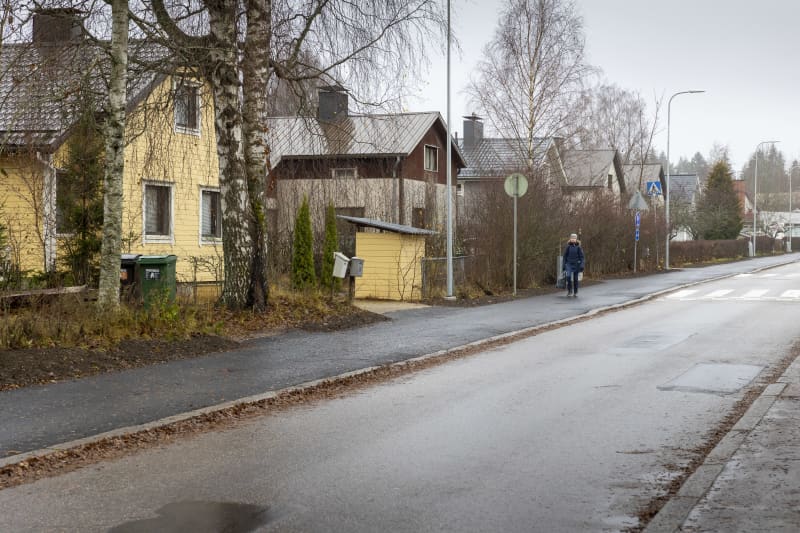
You have to get used to the smell of smoke
Old apple trees and plantations grow on the large plot of land, where you can see the decades-old private home milieu. The backyard sauna is now used as a wood storage, although the dream is to get it back to its original use someday.
The house is connected to district heating, but the sauna is usually heated with wood once a week.
– Yes, those small particles should be thought about, especially if the sauna day falls on a Saturday evening, which is probably the most common sauna day, to see how much smoke there is in total in this area.
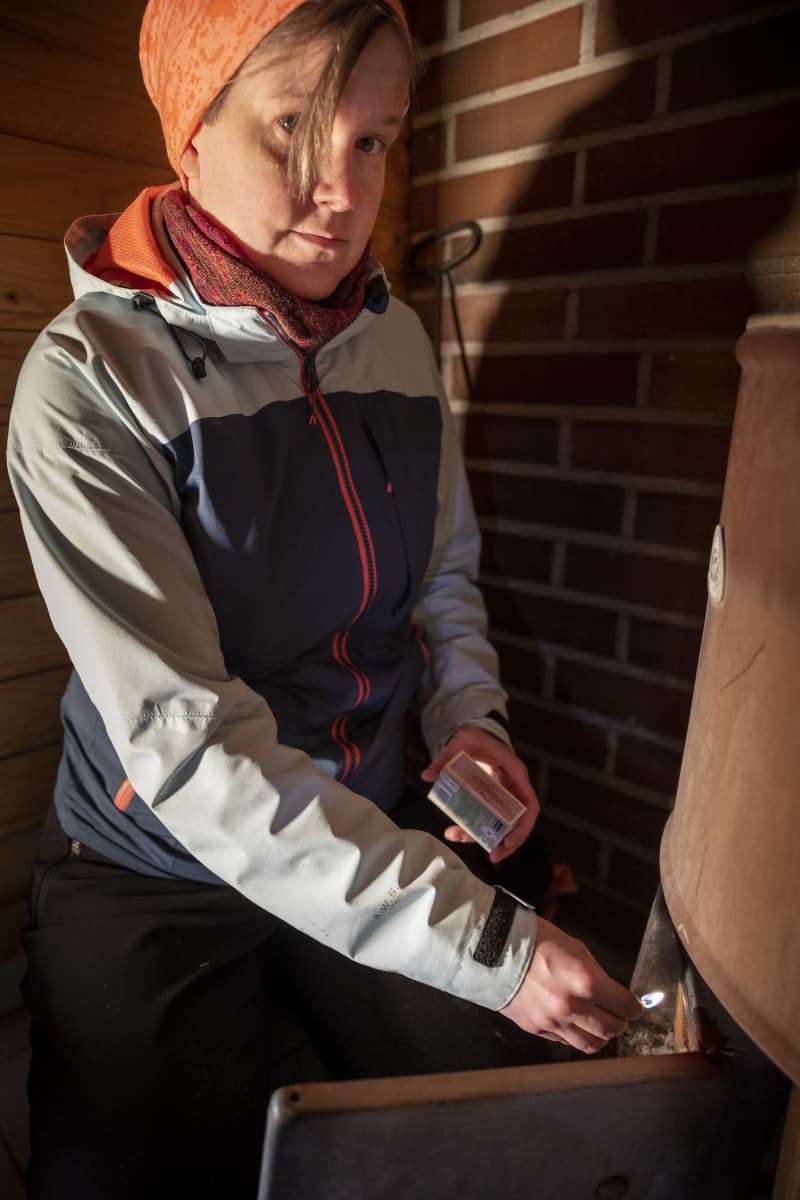
Lehtinen is used to the smell of smoke in the Launee area.
– Yes, you can see it when moving around here, especially in winter on really cold days when there is no wind. If you go for a walk, your clothes smell of smoke and then soot accumulates on various surfaces in the yard. Note that there are many fireplaces here.
The EU’s EcoDesign directive, which entered into force at the beginning of the year, limits the emissions of new fireplaces and storage fireplaces, but the directive does not apply to old fireplaces.
It is believed that the increased energy costs will further increase the burning of wood in detached houses. Suvi Lehtinen says that she is not going to give up burning wood, but hopes that people will be careful.
– We are going to continue. Yes, compared to oil heating and other things, it is still the number one option. When you pay attention to the instructions, which are there, that is, how to arrange the trees, how to light them and how to nest more trees there, you can make an impact.
Lehtinen says that he himself has familiarized himself with studies on how to influence the amount of emissions. He hopes that the winter smoke curls in the sky of Launee will be as colorless as possible.

There are hundreds of reports every year about smoke damage
In October, the Ministry of the Environment published guidelines for the authorities on handling cases of smoke nuisance from small-scale wood burning. Smoke causes local health and comfort problems, which can be challenging to find out.
However, burning wood in a functioning and maintained fireplace is allowed, and the authority cannot interfere with proper wood burning.
Kaarina Kähär is also familiar with smoke nuisance notices in Lahti. According to him, it may happen that the wood burner himself does not always notice the problem. In detached house areas, the smell of smoke is also acceptable, unless the smoke bothers you every day. According to Kähär, the notification to the environmental protection authorities requires something else.
– When the smoke is black or somehow irritating and it happens often. It is assumed that people have a certain tolerance threshold, that the smoke definitely smells every now and then. But if it comes very often and it is very dark in color and smells very bad, then you can contact the authorities.
It is difficult to estimate the amount of wood to burn
Many Finns’ firewood comes from their own forest, when suitable wood accumulates after thinning. Firewood merchants have already been receiving messages throughout the fall that the klaps reserved for the coming winter are already starting to be sold.
The most important thing would be that the wood is dry when putting firewood in the nest. Even a new fireplace can be smoked if the wood is damp or the hearth is poorly lit.
– We don’t know how much wood burning will increase next winter. Another challenge is the uncertainties in the modeling of health hazards. Public health level estimates typically assume that people will be exposed to certain concentration levels for years or decades.
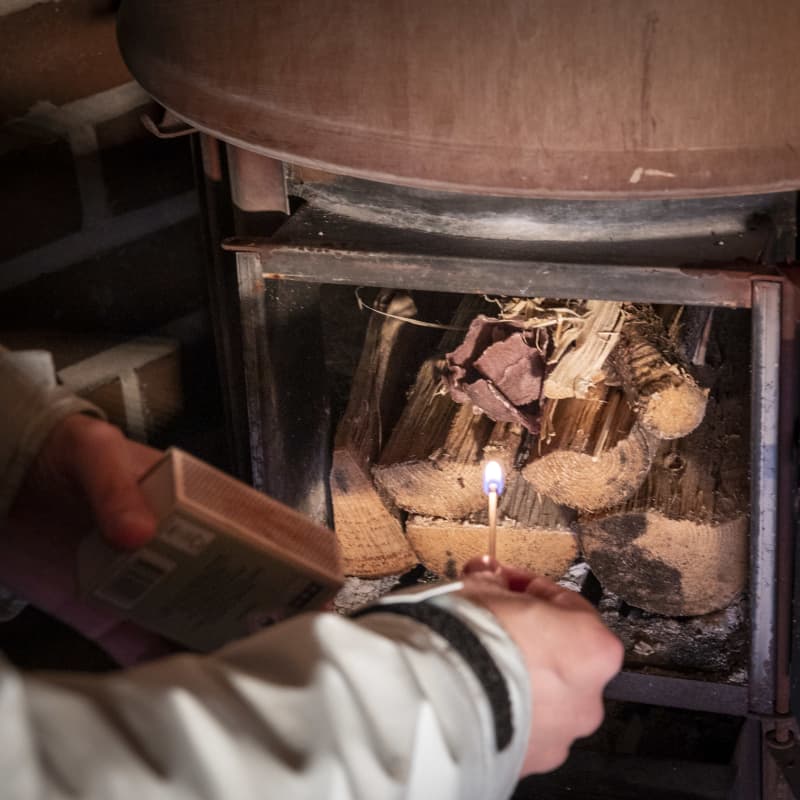
However, it is known that small particles impair air quality. They can cause immediate respiratory symptoms and also predispose to chronic diseases.
Small particles are studied around the world and it is known that particles smaller than 2.5 micrometers can get into the human lungs and can cause low-grade inflammation there. In the most severe cases, inflammation can even lead to heart disease or cancer.
In Finland, most of the small particles in the outdoor air are long-distance transport from foreign emission sources.
– If you are in a densely built area with small houses, where there is a lot of wood heating, then on cold winter days a significant part of the small particles in the breathing air can come from nearby fireplaces, says Savolahti.
However, banning wood heating has not come up in the speeches of researchers or politicians in Finland, at least not now, when the situation regarding energy supply is challenging. The popularity of wood heating is mainly explained by the cheap price of wood and the maintenance reliability factors.
– Increasing wood burning is not desirable in itself, because it causes more emissions than many other heating methods. However, the positive thing is that we have the opportunity to heat the room that way if necessary. You have to distinguish between an acute emergency and long-term wishes and goals, Mikko Savolahti, a specialist researcher at the Finnish Environmental Protection Agency, says.
In his opinion, it is difficult to directly compare the Ecodesign emission limits that came into force at the beginning of the year with the emission level of typical Finnish devices, because the measurement method depends on what kind of emission values \u200b\u200bare obtained at any given time.
Are incentives needed to renew fireplaces?
In Finland, fireplace manufacturers had already developed their products to be more environmentally friendly before the new emission limits.
Although Sauna stoves do not fall within the scope of the emission limit regulation, measurements have shown that their emissions have dropped when the results have been compared to the emissions of stoves manufactured 10 years ago.
Stoves are probably replaced more often than storage fireplaces, which have a significantly longer service life. Hardly anyone uses an open fireplace for heating, and the combustion is dirtier and emissions are created.
In the discussions, Finland has also glimpsed state renewal allowances for replacing fireplaces. The Ministry of the Environment’s Katja Ohtonen commented to Yle Uutis that the high price of energy has already caused many to purchase or renew modern heating stoves, so the public incentive is perhaps already useless.
– We are still a long way from such an incentive being introduced. However, the report on the incentives for renewing fireplaces should hopefully be carried out next year, says Ohtonen.
The coming winter’s emissions will be better clarified in spring by the Finnish Meteorological Institute and, for example, in the capital region, from air quality measurements by HSY. However, the concentrations are strongly influenced by the weather of the coming winter, so the results may be difficult to interpret.
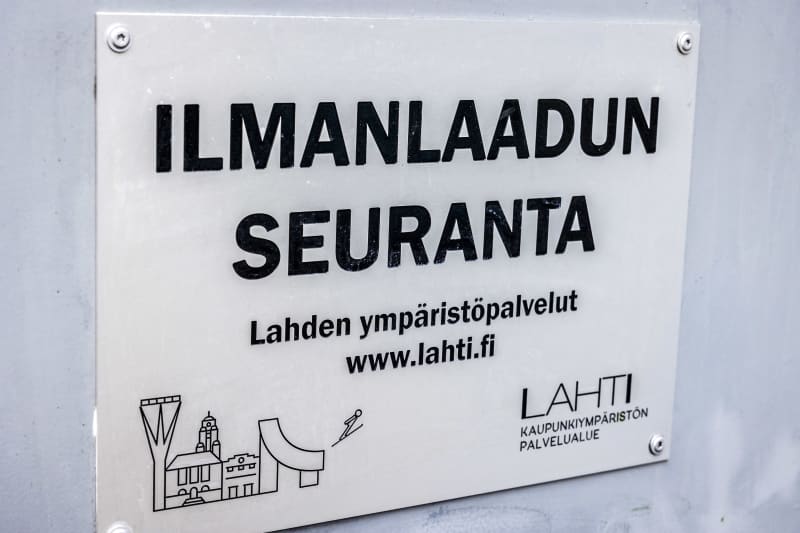
If you suspect that your own fireplace is burning wood badly, Kaarina Kähäri of Lahti advises you to ask a chimney sweep who visits once a year for advice.
– Nuohooja is the best friend of a single-family house and small house dweller. When soot comes, it’s worth interviewing and asking how much soot was in the chimney. He will tell you if the fireplace is in order. If there was a lot of soot, it indicates that the wood has not burned cleanly.
